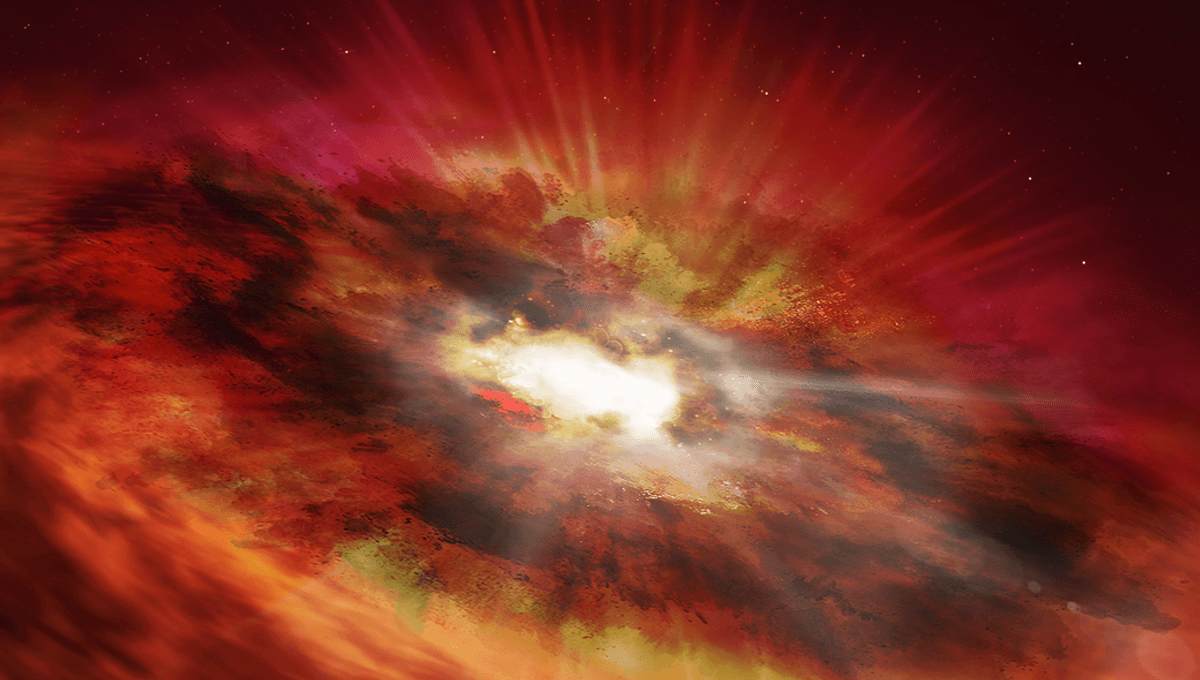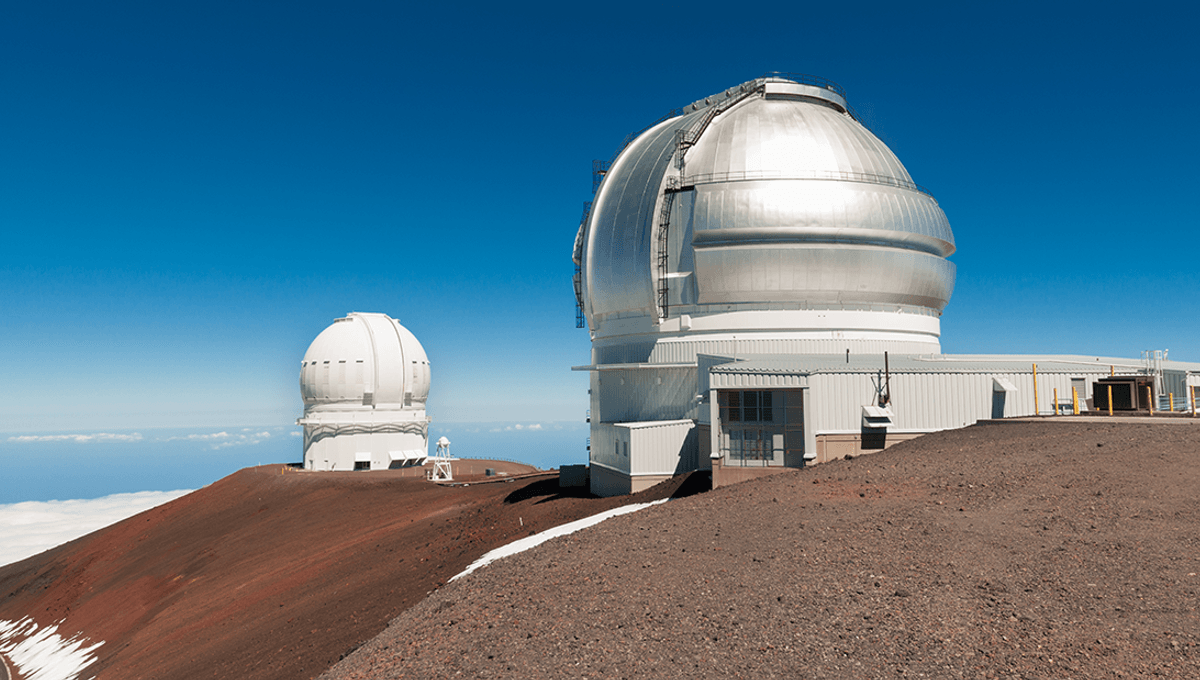Exciting new evidence has emerged to support a fascinating hypothesis. Astronomers have made a groundbreaking discovery while observing the galaxy UHZ1 using the JWST. This galaxy’s light originates from a time when the universe was less than 500 million years old. Intriguingly, observations from NASA’s Chandra X-ray Observatory suggest that this galaxy possesses a black hole that is too large for its size.
In our local universe, there is a direct correlation between the mass of a supermassive black hole and the mass of the stars in its galaxy, as well as their motion. However, in the past, this relationship may not have held true, and galaxies could have undergone a phase known as Outsize Black Hole Galaxy (OBG). During this phase, black holes formed from the collapse of gas clouds, which were 10,000 to 100,000 times the mass of the Sun. By 500 million years after the Big Bang, OBGs formed from cloud collapse would have harbored significantly larger black holes compared to those formed from supernovae of massive stars.
This is where the observations of UHZ1 become crucial. Researchers have gathered extensive data on this galaxy and conducted numerous simulations to compare the observations with various scenarios for its origin. The aim is to determine whether the light seed scenario or the heavy seed scenario is more plausible – and a clear winner has emerged.
The combined observations from Chandra and JWST “strongly disfavor UHZ1 as originating from a light seed.” The model that best aligns with the observations suggests that a heavy seed formed through cloud collapse, resulting in a black hole with a mass 10,000 times that of the Sun. The JWST observations also support the idea that the galaxy experienced a merger, a common occurrence for all galaxies but particularly OBGs.
Of course, this is not the final word on the matter. JWST will continue to study more galaxies with accreting supermassive black holes in the early universe, providing further insights into the origins of these extraordinary objects.
You can find the full research paper on the ArXiv and it has been submitted to The Astrophysical Journal Letters.
[h/t: Astrobites]








